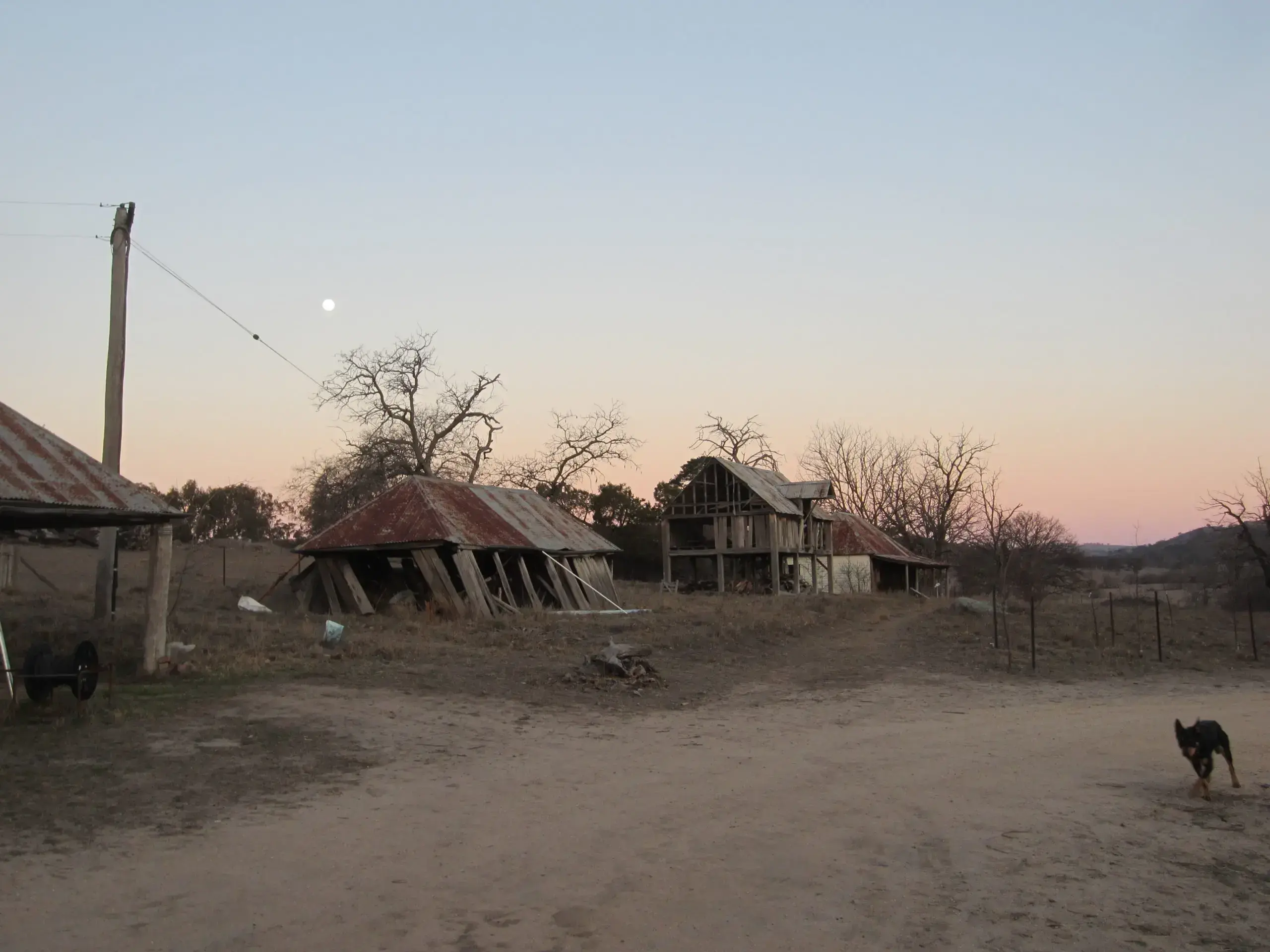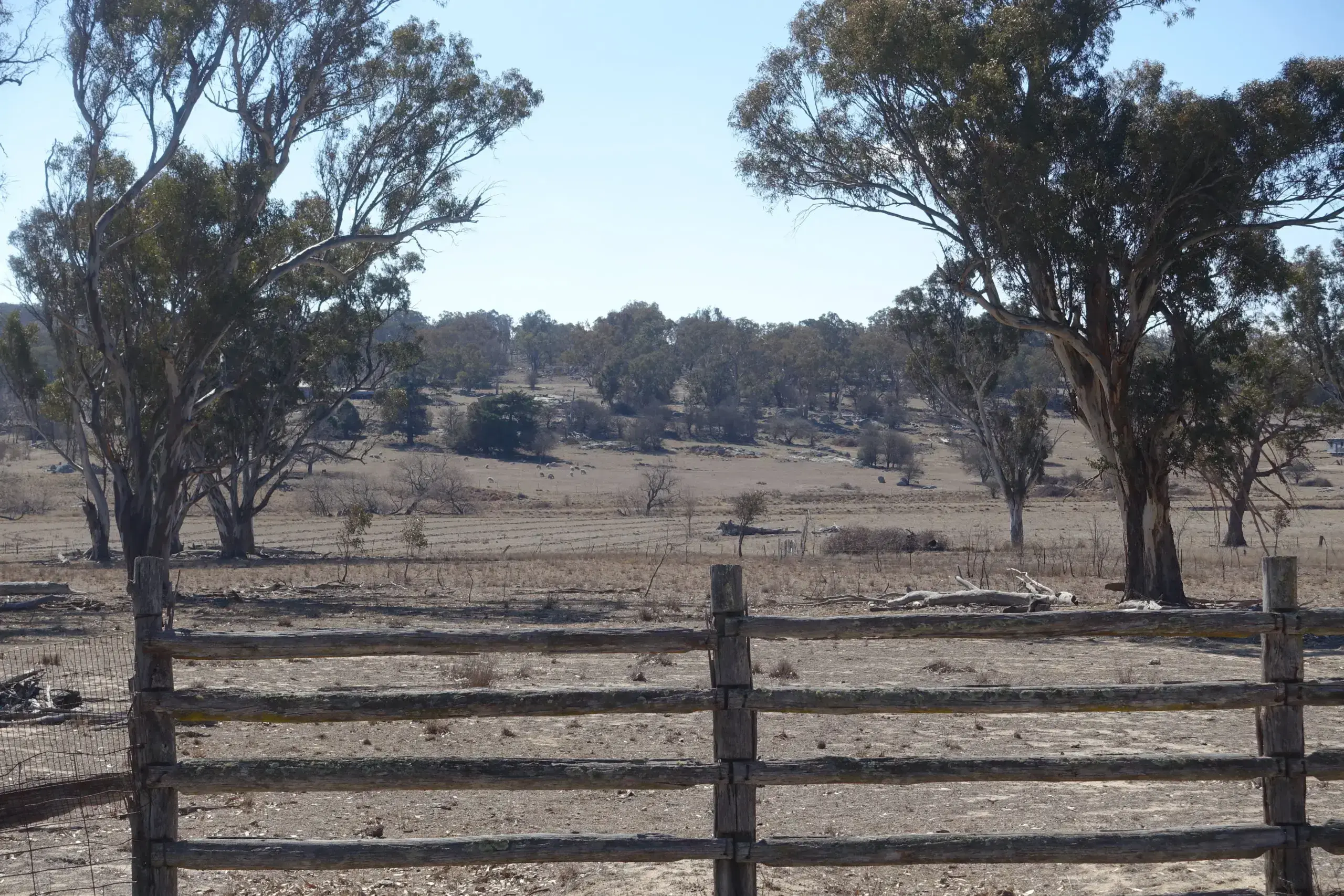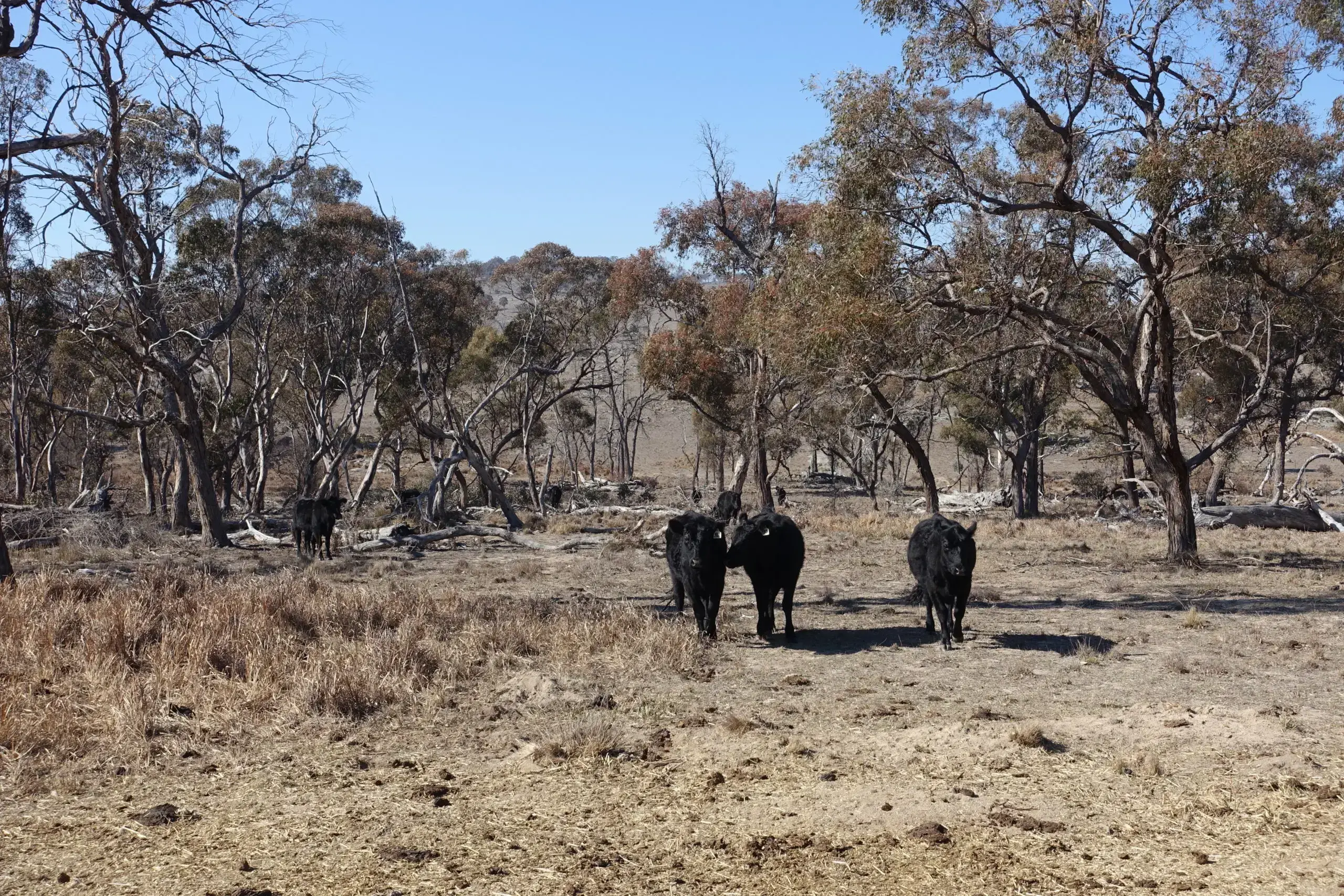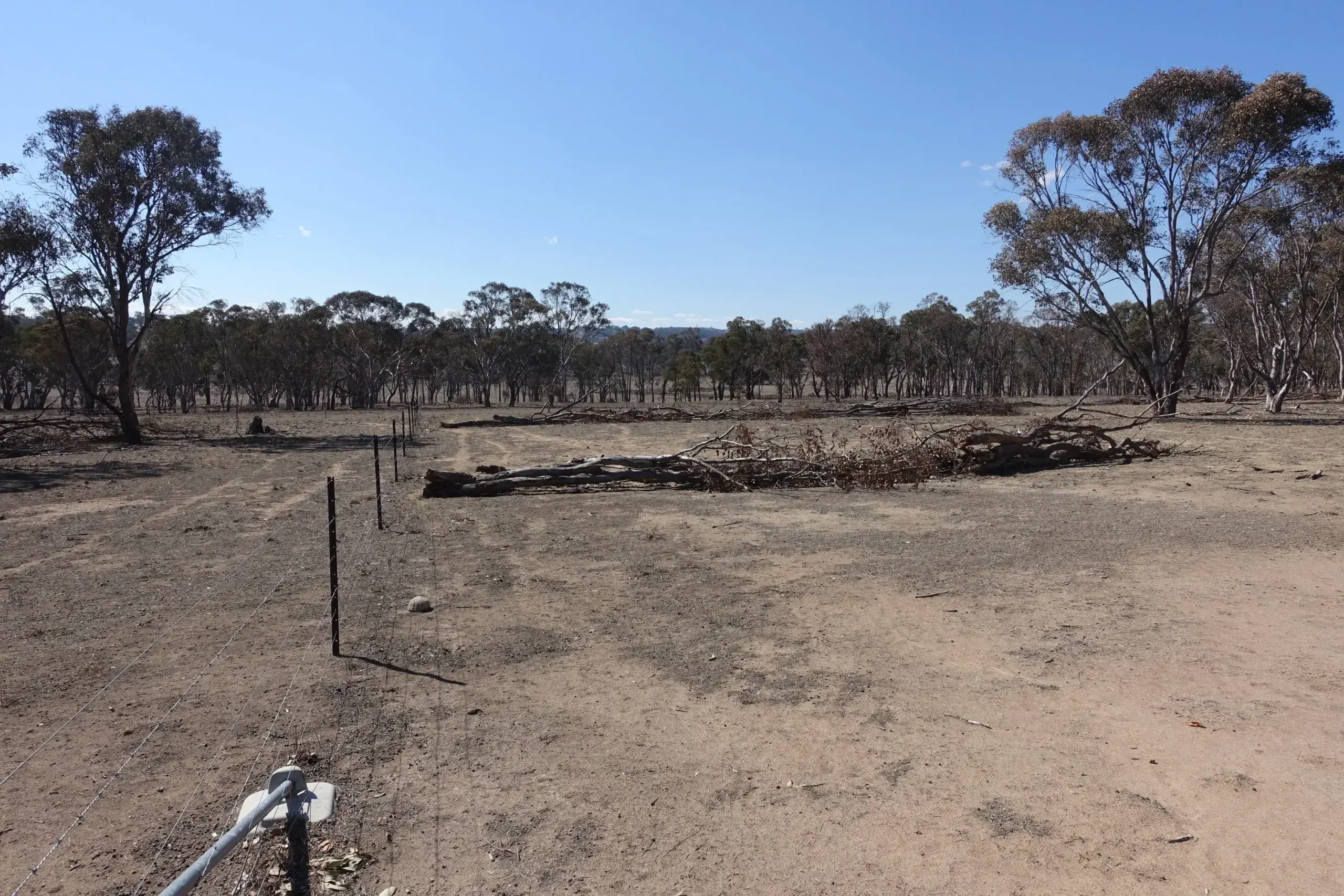‘Balala Station’
A REGENERATIVE AGRICULTURE CASE STUDY
Richard Daugherty and Sarah Burrows set out to find a property that provided the lifestyle and outdoor experiences they so desired. With a young family they chose to move from South Africa and settle in the New England district of northern NSW. Having done their research they settled on Balala Station which just happened to be up for sale for only the second time since establishment.
30 km south of Theodore, Southern QLD Brigalow Belt
FARM FACTS
ENTERPRISE: Merino sheep and Angus cattle breeding
PROPERTY SIZE: 1250 ha
AVERAGE ANNUAL RAINFALL: 760 mm
ELEVATION: 860 – 1000 m
MOTIVATION FOR CHANGE: Richard’s background in South Africa observing wild animals on their annual migration and learning about holistic grazing practices that mimic these natural processes influenced the choice to implement regenerative agriculture and matched Sarah’s commitment to healthy, ethical food production systems.
INNOVATIONS
Regenerative landscape and livestock management regimes, including:
- Increase paddock numbers to facilitate rotational grazing
- Water infrastructure including dams and water reticulation points
- Soil testing to identify key nutrient deficiencies
- Restoration of biodiversity through tree thinning
- Conservation work with the Bells turtle and Regent honeyeater Projects
- Fence out riparian zones
KEY RESULTS
- Complimentary sheep and cattle grazing on a rotational plan.
- Natural capital enhancement leading to improved biodiversity and drought resilience.
- Connections through the University of New England on sustainability and land management issues.
Narrative
From a regenerative perspective Balala Station may have been a blank canvas which makes the work undertaken and the transition story more intriguing. With minimal farming experience and a desire to learn from others, relationships with the broader community have blossomed and so too has the family.
Ecological
From the formative years of Australian agriculture, this once vast station stocked 44,000 sheep. There we no dams and few paddocks. Over a century of set stocking had exacted a toll on the landscape. The turn around and potential thereafter looks promising.
Economic
Education, training, goal setting, trading strategies, infrastructure, cashflow, productivity and on and on it goes…
A farmers lot is never easy, taking the time to plan your approach and not go in boots ‘n all is an effective strategy.
Social
Intent on farming, the political landscape in South Africa was judged too risky, alternatively Australia looked promising. Richard and Sarah settled on a property in the New England area, it had “good bones” but there was work to be done…








